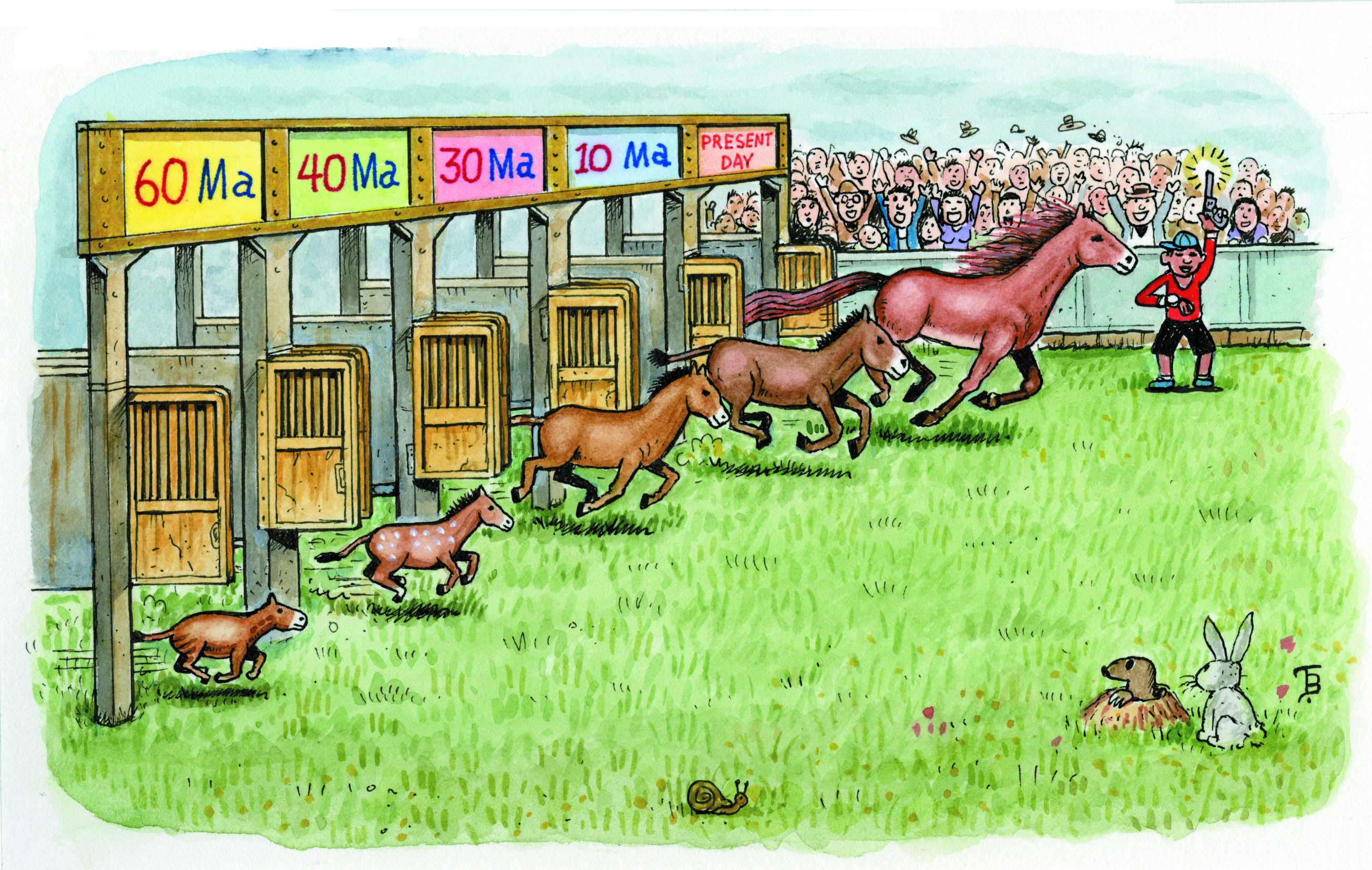
Overview
In this section you will find materials that support the implementation of EarthComm, Section 7: Evolution.
Learning Outcomes
- Use a model to explain how natural selection favors the bestadapted organism in a population.
- Use a model that demonstrates how fossils can be used to determine rates of evolutionary change.
- Use a model that demonstrates how sequences of fossils can be used to date fossil specimens.
Inquiring Further
- To learn more about the Burgess Shale, visit the following web sites:
Burgess Shale, Yoho National Park of Canada, NASA
Provides a satellite image of the Burgess Shale.
Discover the Burgess Shale, The Burgess Shale Geoscience Foundation
Examines the Burgess Shale fossils and their related geology.
The Burgess Shale, University of California Museum of Paleontology
Describes the Cambrian animal fossils of the Burgess Shale.
- To learn more about Charles Darwin, visit the following web sites:
Charles Darwin, University of Missouri-Kansas City
Looks at the life of Charles Darwin and how his ideas developed.
Charles Darwin's Friends and Contemporaries, University of Florida
Background information on scientists who were connected to Charles Darwin.
Darwin, Darwin Online
Contains a large quantiy of information, books, letters, journals, and more on Charles Darwin.
- To learn more about a modern mass extinction event, visit the following web sites:
Has the Earth’s sixth mass extinction already arrived?, University of California at Berkley
Examines the modern global mass extinction as the result of climate change and human activities.
Extinction Rates, University of Connecticut
Lecture notes that look at extinction rates and the current human-caused mass extinction event.
Speciation and Mass Extinction, Indiana University-Purdue University Indianapolis
Overview of mass extinctions and the formation of new species.
Climate Change and Mass Extinction, Smithsonian
Describes the effects climate change on the rate of species loss.
Resources
To learn more about this topic, visit the following web sites:
Evolutionary Change
Understanding Evolution, University of California at Berkley
This giant hub provides links to in-depth coverage of the science of evolution.
Fossil Succession, USGS
Explain changes in life forms, as found in the fossil record, in terms of evolution.
15 Evolutionary Gems, Nature Publishing Group
Provides 15 examples that illustrate the breadth, depth and power of evolutionary thinking.
